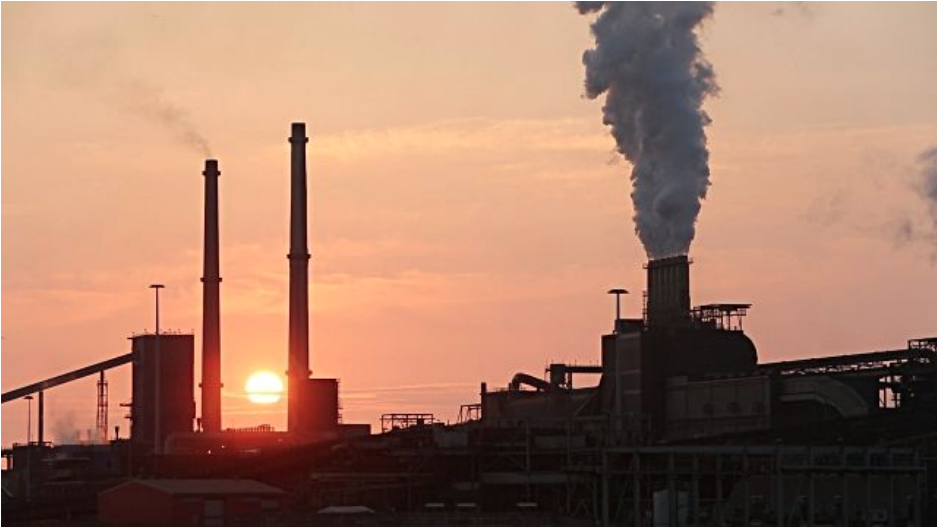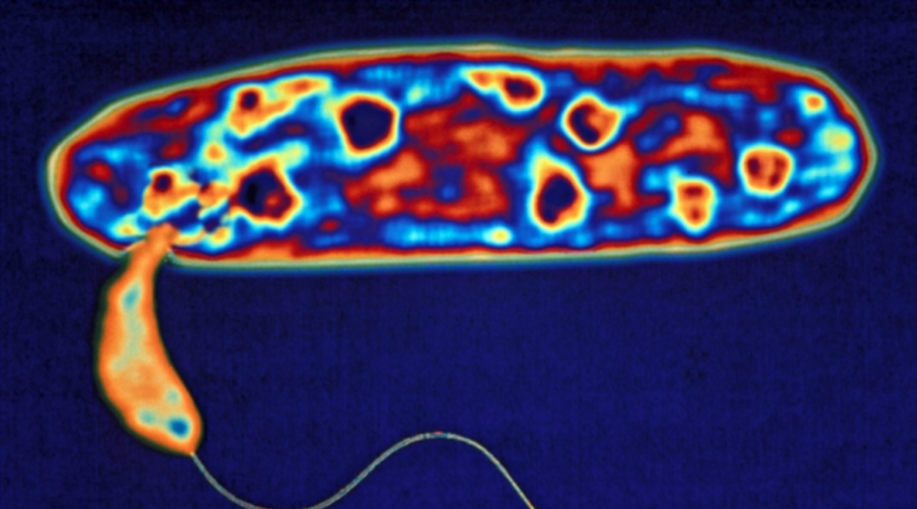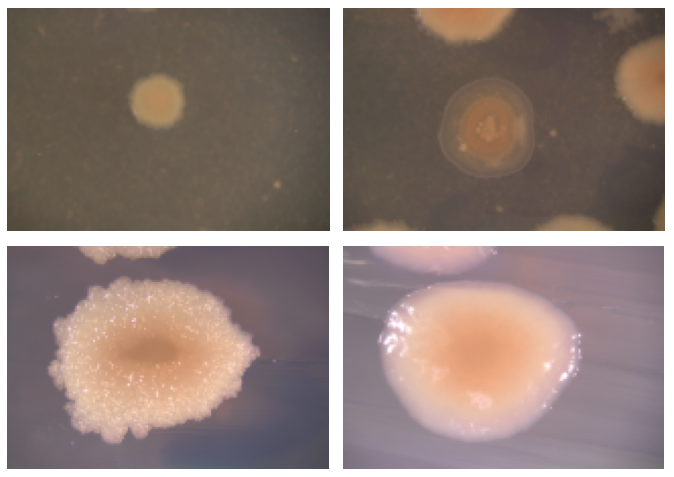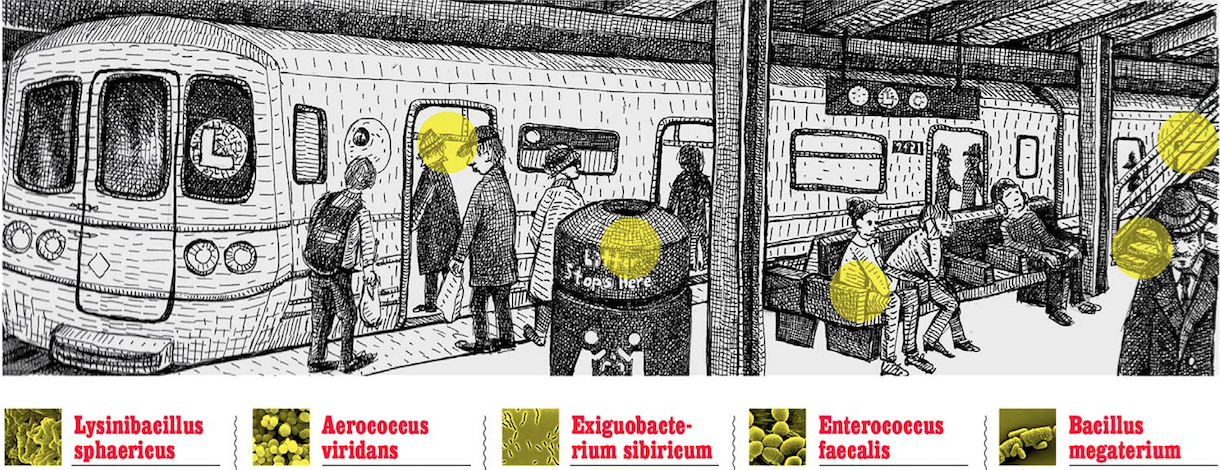Beneficial Microorganisms in Humans and Corals
By Samantha Zuniga-Levy, Wesleyan ‘19 From Peixoto et al. 2017 What do you do when you’re having digestive issues? Assuming of course, that these issues are ongoing and not simply the result of some questionable fast food you ate last night, you might consider taking probiotics. Probiotics are beneficial microorganisms that, when ingested by … Read more






